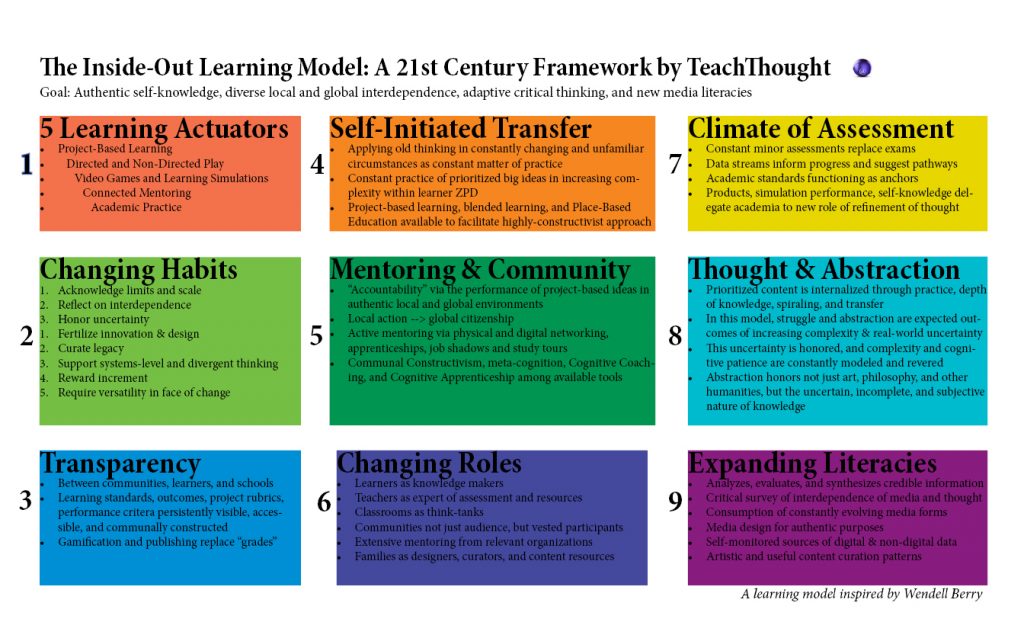In 2013, I wrote an article for Edutopia exploring the difference between students and learners.
As “learning trends” become the basis of complete learning institutions (see avenues: World School and North Star: Self-Dirige learning for adolescents for two examples), this type of ideas is tested in the field, by passing them from plant thought and well-being rhetoric to real application of the real world.
Education is constantly looking for proof of success: x data that says workers, which would seem like magic: we could then take Y and spray it in schools and districts around the world and repeat the same success.
Of course, real learning is personal, according to incredible complexity – and incredibly personal shades. Regardless of rehearsal, like the live music of a group, it never sounds exactly in the same way twice.
So what we want then is less teaching and more learning.
And fewer students and more learners.
In this article, I wrote that “as academic standards change, as technology is evolving, and students’ habits change, schools are forced to consider new ways to cramp up study programs and start students in the classroom. Project learning is among the most successful teachers. process.”
By examining the study writing tool which is a project -based learning, it is also logical to examine wider learning models and the fundamentals of school design.
“In this context of trying to give meaning to what progressive learning was, in 2009, I sketched a graphic that has visualized 9 Characteristics of 21st century learningand recently created a follow -up frame, the Inner-out-out learning model.
The four main objectives of this learning model are:
- Authentic self -knowledge
- Local and global interdependence diversified
- Adaptive critical thinking
- Literacies of new media
Secondary objectives include: to take advantage of the diversity of digital media, evolving the traditional definition of learning based on projects, the role of the game in learning, curiosity and individualized learning ways which are organized numerically and transparent for all direct and indirect stakeholders.
In the interior -out -out learning model, the idea is personalized learning by new actuators, elimination of passivity and complete integration with reactive and authentic communities – and not by coincidence, they are also elements of PBL. »»

The point of a school inside
The idea of a ‘School“It is running school, like a sock, upside down, triggered towards the surrounding community and inherent support systems. If this community is attentive and systems are in place to systematically monitor and support the learning process, school is not constantly doing miracles.
What if he does not respond significantly? Well, we know where to go next.
In the end, students are participants in accordance with a now worn game. A long time ago, schools took the world, broke it into categories and gamified its study with points, notes of letters and notions of progress and collaboration. This system can work, but only insofar as we want successful students in “working schools”.
The learners are a bit different. Learners ask questionsInteract directly with content, direct and seek to satisfy authentic curiosity and needs for knowledge.
Students can also do it, but only when navigation in the game, many schools (and their learning models centered on the teacher) have become.
The difference between children and students then comes down to the clarity of the objective and the purity of the interaction between the child and the content.
One is looking for knowledge, the other “success”.



